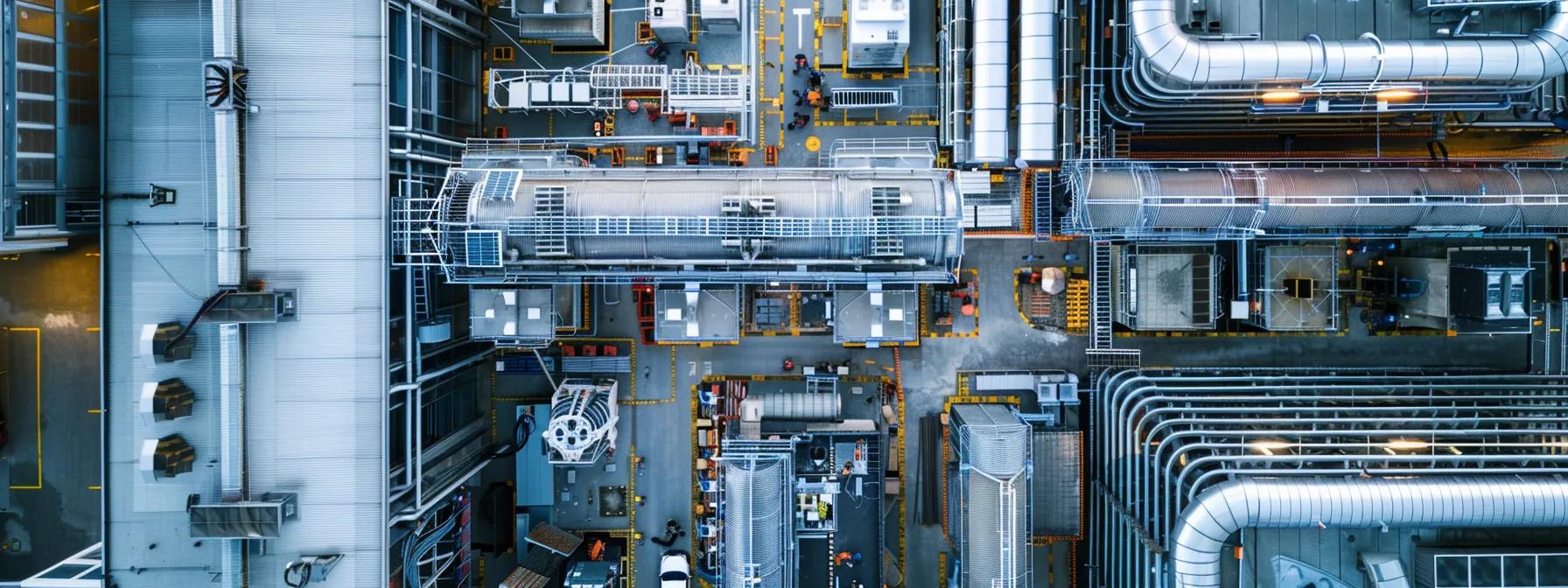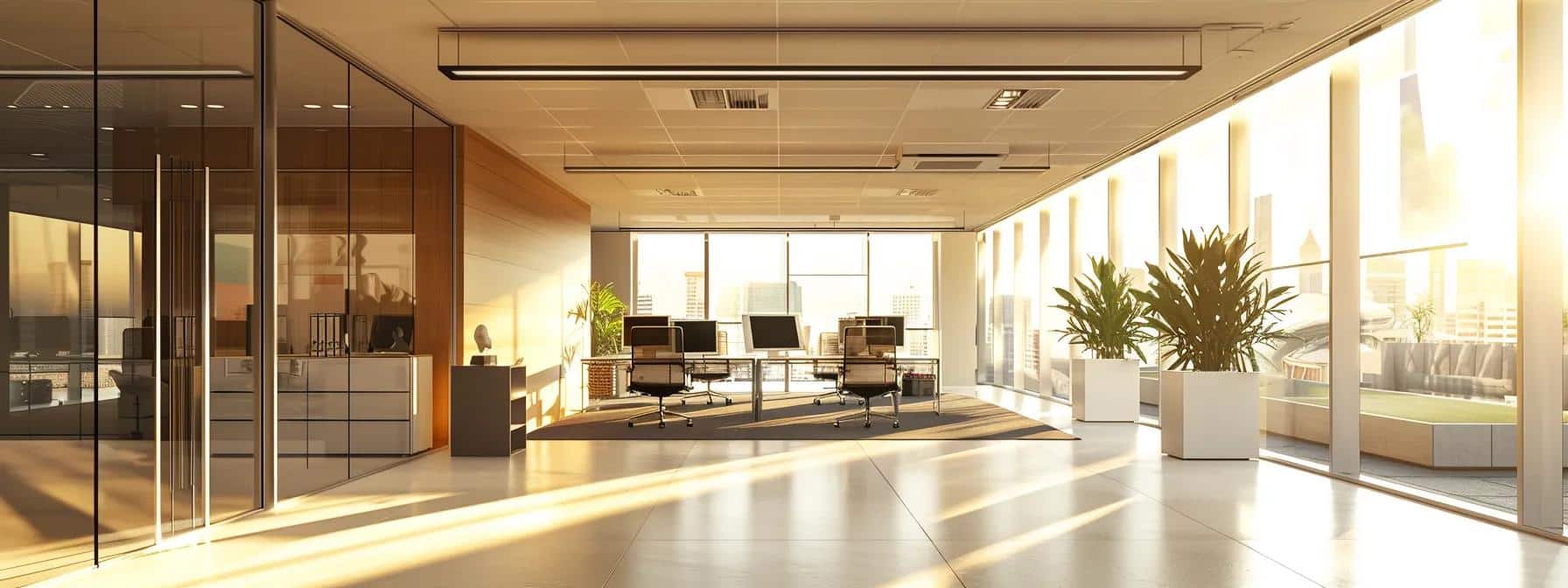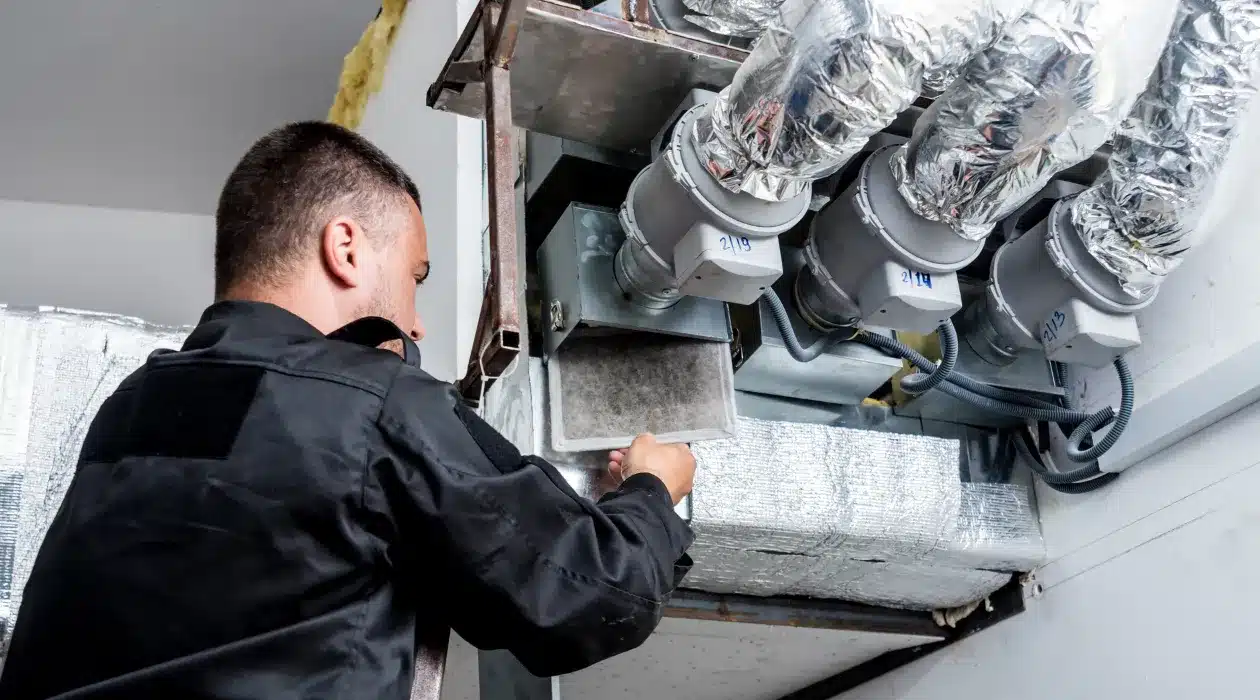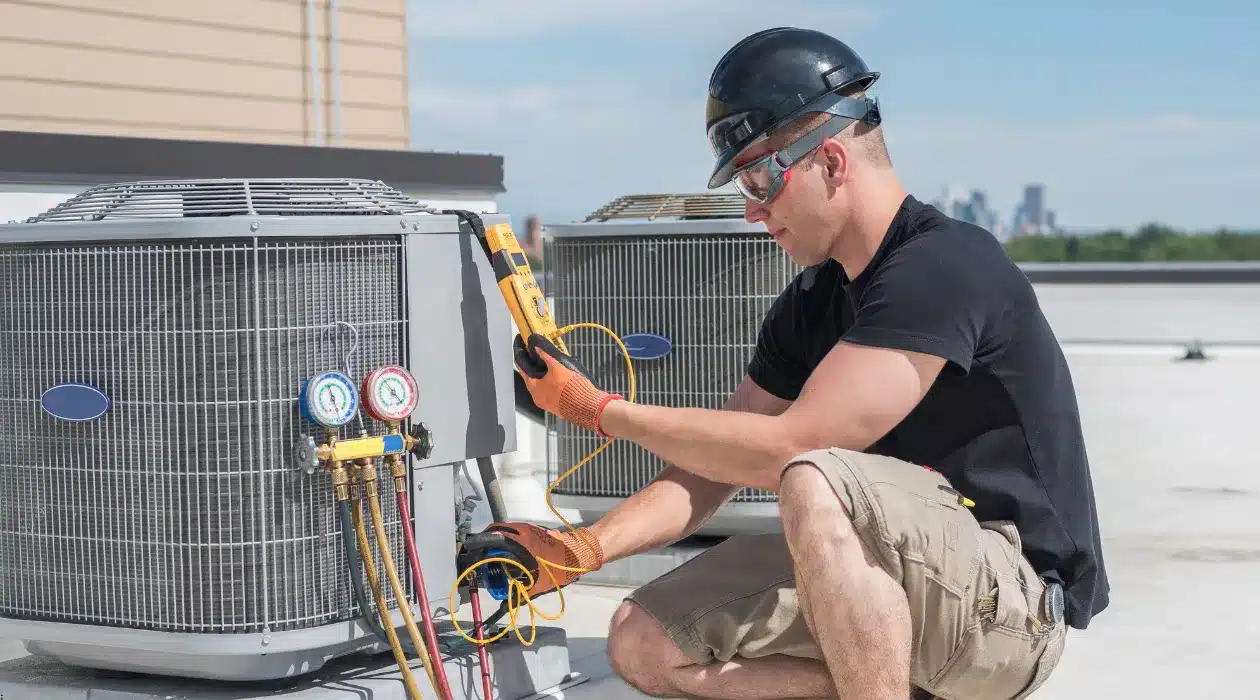
Understanding Commercial HVAC Installation Costs in Columbus
commercial hvac installation projects are complex and influenced by several interrelated variables. For business owners and facilities managers in Columbus, understanding these factors, from equipment type and customized design to labor, materials, permits, and energy incentives, is essential for budgeting and planning. This article provides real-world examples and comparisons to help decision makers calculate installation costs and achieve a high return on investment.
What Are the Main Factors Influencing Commercial HVAC Installation Costs in Columbus?
The primary cost drivers include equipment type and quality, building size and layout, and local climate combined with energy code requirements. These factors affect expenses related to ductwork, zoning, installation of high-efficiency heat pumps or variable refrigerant flow systems, and compliance with Energy Star standards.
How Does Equipment Type Impact Installation Pricing?
Equipment type directly affects costs according to efficiency, capacity, and lifespan. For example, a high-efficiency heat pump may cost more upfront than a standard unit but reduces operating expenses. Similarly, VRF systems incur higher initial costs due to advanced controls and complex installation yet deliver superior indoor air quality and energy management.
Why Does Building Size and Layout Affect Installation Costs?
Larger buildings or those with intricate layouts require extra ductwork, zoning, and more powerful systems. Facilities with high ceilings, partitions, or retrofitting needs add labor and material costs, impacting overall HVAC installation price.
How Do Local Columbus Climate and Energy Codes Influence Costs?
Columbus’s seasonal extremes require systems designed for effective heating and cooling. Local codes mandate strict energy efficiency and air quality standards, sometimes necessitating the use of premium components or extra testing. These requirements can marginally raise costs but ensure compliance and improved performance.
How Does Customized HVAC System Design Affect Installation Expenses?

A tailored HVAC design matches the specific needs of a commercial property. Customized systems use precise load calculations, zoning configurations, and integration with building automation. This targeted approach optimizes performance and can decrease energy waste, ensuring appropriate system capacity and reducing future maintenance costs.
What Role Does System Capacity Play in Cost Determination?
Correct system capacity is crucial. Oversized systems lead to energy waste while undersized ones cause inefficiency and frequent repairs. Advanced design tools like CAD and load calculation software help determine optimal capacity, and systems built for high performance can cost about 20% more due to added controls and redundancy.
How Do Energy Efficiency Requirements Impact Installation Pricing?
Higher SEER and AFUE ratings are favored for energy-efficient installations. Though such units may have higher prices due to green building policies or tax credit incentives, they offer long-term savings through reduced utility costs and rebates. Programs like Energy Star show that high-efficiency HVAC equipment can lower operational expenditures by 15–25%.
Why Are Specialized Controls and Automation Included in Cost?
Smart thermostats, sensors, and zoning controls facilitate dynamic load balancing and remote monitoring. While these technologies add 10–15% to installation costs, they prevent malfunctions, enhance indoor air quality, and contribute to overall energy savings.
What Are the Labor and Installation Process Variables That Affect Costs?
Labor costs depend on installer expertise, project timelines, and challenges in retrofitting older properties. Skilled technicians familiar with local codes and HVAC systems, including those handling ductwork and tight spaces, help reduce errors and future repair costs.
How Does Installer Expertise and Local Experience Influence Pricing?
Experienced installers, often charging premium rates (10–20% higher), ensure a quality installation that minimizes future issues. This expertise is a valuable investment, as it extends system lifespan and reduces repair calls.
What Installation Challenges Can Increase Labor Costs?
Projects with difficult access, limited workspaces, or integration with outdated infrastructure require additional labor and specialized skills. Such challenges, along with safety permit needs in densely populated areas, elevate overall expenses.
How Does Project Timeline Affect Overall Installation Expenses?
Expedited project timelines may require overtime or weekend work, increasing labor costs by 15–25%. Conversely, longer schedules might lower per-hour rates but can add overhead due to prolonged project durations.
How Do Material and Equipment Quality Impact Commercial HVAC Installation Costs?

Using premium materials and equipment enhances durability, efficiency, and reduces maintenance needs. While standard equipment meets basic requirements, premium products—such as high-quality Trane or Lennox units, offer improved airflow, quieter operation, and longer service intervals, typically costing 20–35% more.
What Are the Cost Differences Between Standard and Premium Equipment?
Premium systems offer advanced features that lower annual operating costs due to better energy management. Their higher initial price is offset by benefits like reduced fuel utilization and fewer repairs.
How Does Local Sourcing Affect Material Costs in Columbus?
Sourcing materials locally reduces shipping fees and lead times. Local manufacturers may also offer discounts, helping decrease overall material costs by up to 10%.
What Role Do Permits, Inspections, and Compliance Play in Installation Costs?
Permit and inspection fees ensure HVAC systems meet required safety and energy standards. Although these fees may seem minor—ranging from $500 to $1,500 for permits and $300 to $600 for inspections—they are vital for legal compliance and safe operation.
How Do Columbus Building Codes Affect HVAC Installation Pricing?
Local codes dictate specific design and energy efficiency criteria. Meeting advanced ventilation or conservation standards may require added equipment or design changes, sometimes increasing costs by 5–10%.
What Are the Typical Permit Fees and Inspection Costs?
Upfront permit and inspection costs are necessary investments that not only ensure compliance but also safeguard property and occupants over time.
How Can Energy Efficiency Incentives and Rebates Reduce Installation Costs?

Incentives at the local, federal, and state levels help offset higher installation costs for energy-efficient systems. Rebates and tax credits for exceeding SEER or AFUE standards can reduce net costs significantly, sometimes contributing 10–20% off the total project.
What Local Columbus Incentives Are Available for Commercial HVAC?
Local utility companies and government agencies offer rebates, sometimes ranging from $1,000 to $5,000, based on system efficiency and project size. These incentives encourage sustainable energy use.
How Do Federal and State Energy Programs Affect Pricing?
Federal and state initiatives, such as Energy Star rebates, lower the cost differential between standard and high-efficiency systems, making advanced HVAC solutions more accessible.
How Can Transparent Pricing and Detailed Cost Breakdown Help Businesses in Columbus?
An itemized, transparent HVAC installation quote builds trust with clients. It includes all expenses—equipment costs, labor, permits, and inspections—allowing for better budgeting and comparison of vendor proposals.
What Should Be Included in a Transparent HVAC Installation Quote?
Quotes should detail all cost components, including standard versus premium equipment, labor charges, and potential energy rebates. This clarity helps prevent unexpected expenses.
How Does Transparent Pricing Build Trust With Commercial Clients?
Detailed cost breakdowns ensure clients are informed about every expense. This openness enhances customer confidence and fosters long-term business relationships.
Frequently Asked Questions
Q: How do equipment type and building size affect HVAC installation costs? A: Equipment influences efficiency and durability, while building size affects ductwork complexity and system capacity.
Q: Can energy efficiency programs reduce overall cost? A: Yes, rebates and tax credits from local, federal, and state programs can lower both upfront and long-term expenses.
Q: Why is a transparent pricing breakdown important? A: It itemizes all costs, from equipment and labor to permits, ensuring clients avoid unexpected charges.
Q: How do local climate conditions in Columbus impact HVAC design? A: Seasonal temperature changes require systems capable of efficient heating and cooling, influencing design and equipment selection.
Q: What role does installer expertise play in determining costs? A: Experienced installers reduce future maintenance issues and deliver higher quality, efficient installations despite their premium rates.
Final Thoughts
Commercial HVAC installation costs in Columbus depend on multiple interdependent factors. From equipment type and building layout to energy efficiency requirements and permits, every aspect influences the final price. Transparent pricing and detailed cost breakdowns empower businesses to make informed decisions that promote long-term savings. Facilities managers are encouraged to seek expert consultations to design systems that meet both immediate needs and future goals while leveraging available incentives for an optimal return on investment.
